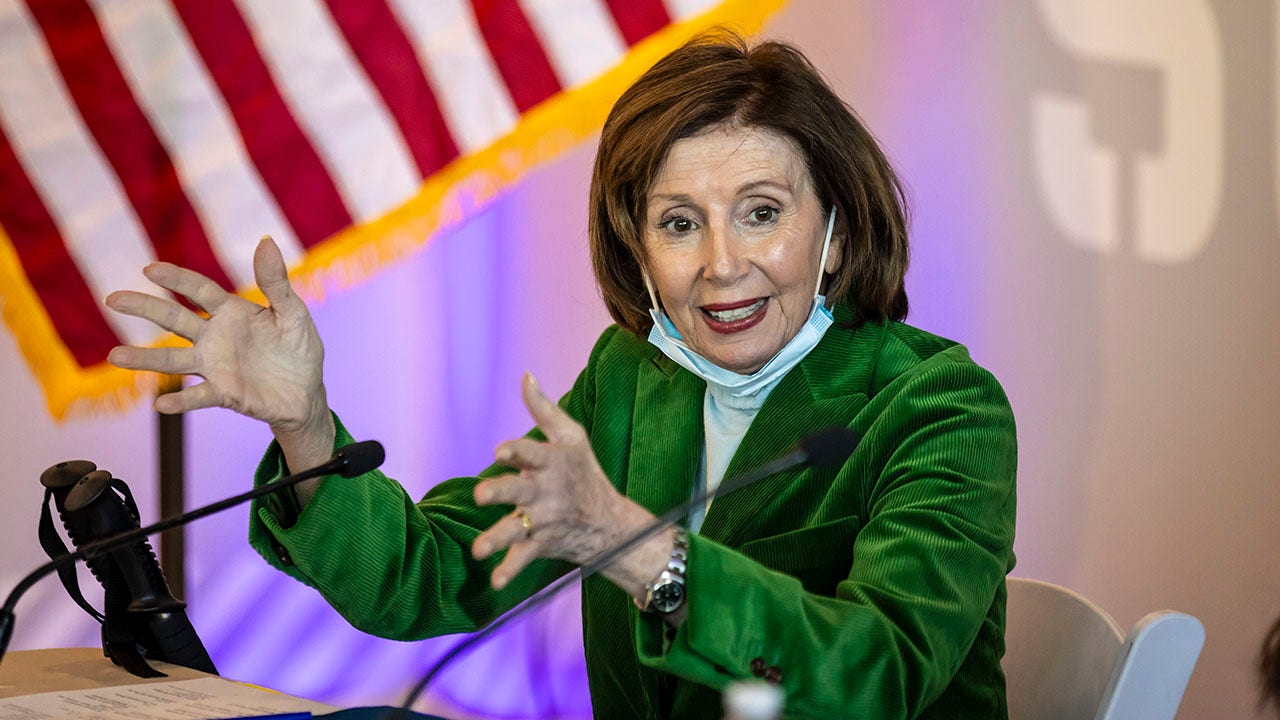The memories are unforgettable. A flood of screaming families carrying their bloodied loved ones through the doors of an already inundated hospital. A small boy trying to resuscitate a child who looked not much older than himself. A 12-year-old with shrapnel wounds to his head and abdomen being intubated on the ground.
That January day at the Nasser Hospital in Khan Younis in southern Gaza — the aftermath of a missile strike on an aid distribution site — has haunted Dr. Zaher Sahloul, an American critical care specialist with years of experience treating patients in war zones, including in Syria and Ukraine.
He and other volunteer doctors who have returned from besieged hospitals in Gaza took their firsthand accounts of the carnage to Washington this week, hoping to convey to the Biden administration and senior government officials that an immediate cease-fire was needed to provide lifesaving medical care.
Among the evidence Dr. Sahloul took to show the American officials — including members of Congress and officials from the White House, State Department, Defense Department and the United States Agency for International Development — was a photo of the 12-year-old boy and his death certificate. The child never woke up from surgery after being intubated, the doctor said, and the hospital could not reach his family amid a near-total communications blackout.
Two other doctors in the delegation — Amber Alayyan, a Paris-based deputy program manager for Doctors Without Borders, and Nick Maynard, a British surgeon — said that robust medical advancements achieved by local doctors in Gaza had been wiped out by Israel’s war against Hamas.
Dr. Maynard, who earlier this year met with the British foreign secretary, David Cameron, said he was hopeful that if the U.S. changed its tune on backing what Israeli forces were doing in Gaza, then Britain would follow.
“This is the deliberate destruction of the whole health care system,” he said in an interview.
Dr. Maynard described operating on chest injuries from explosions with few anesthetics or antibiotics at the Al-Aqsa Hospital in Deir al Balah in central Gaza in December and January. “The lack of pain relief was particularly disturbing because we saw lots of children with awful burns,” he said.
The availability of sterile gloves and surgical drapes was also limited, and the hospital’s record-keeping abilities had collapsed, rendering follow-up care nearly impossible, he said. Dr. Maynard said he walked through hallways overcrowded with displaced people to check on patients he had operated on and sometimes failed to find them.
Also in the delegation was Thaer Ahmad, a Palestinian American emergency medicine physician who was with Dr. Sahloul in January as Israeli forces encircled Khan Younis and began closing in on Nasser Hospital, the largest one still functioning in the enclave at the time.
He said in an interview that he had a toddler and a 2-month-old baby at home in Chicago when he traveled to Gaza. He contrasted his wife’s experience of being able to deliver in a safe, well-resourced hospital with an obstetrician she knows well with the plight of pregnant women in Gaza, who have been starving and giving birth in shelters. “I had to go,” he said. “They’re my people.”
Not long after the doctors’ departure from Gaza, Nasser Hospital was raided by Israeli forces and forced to cease operations.
“I will regret, for the rest of my life, leaving when I did,” Dr. Ahmad said.
As the death toll in Gaza has soared to nearly 32,000 in five months, according to the Gaza Health Ministry, Palestinian Americans have been “yelling at the top of our lungs, and no one is listening,” he added.
“The numbers clearly aren’t making a difference,” Dr. Ahmad said. “I’m afraid the toll could reach 40,000, or 50,000, and we’ll be in the same position. What else am I going to do?”





